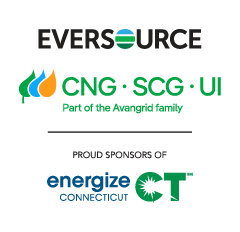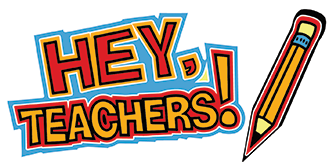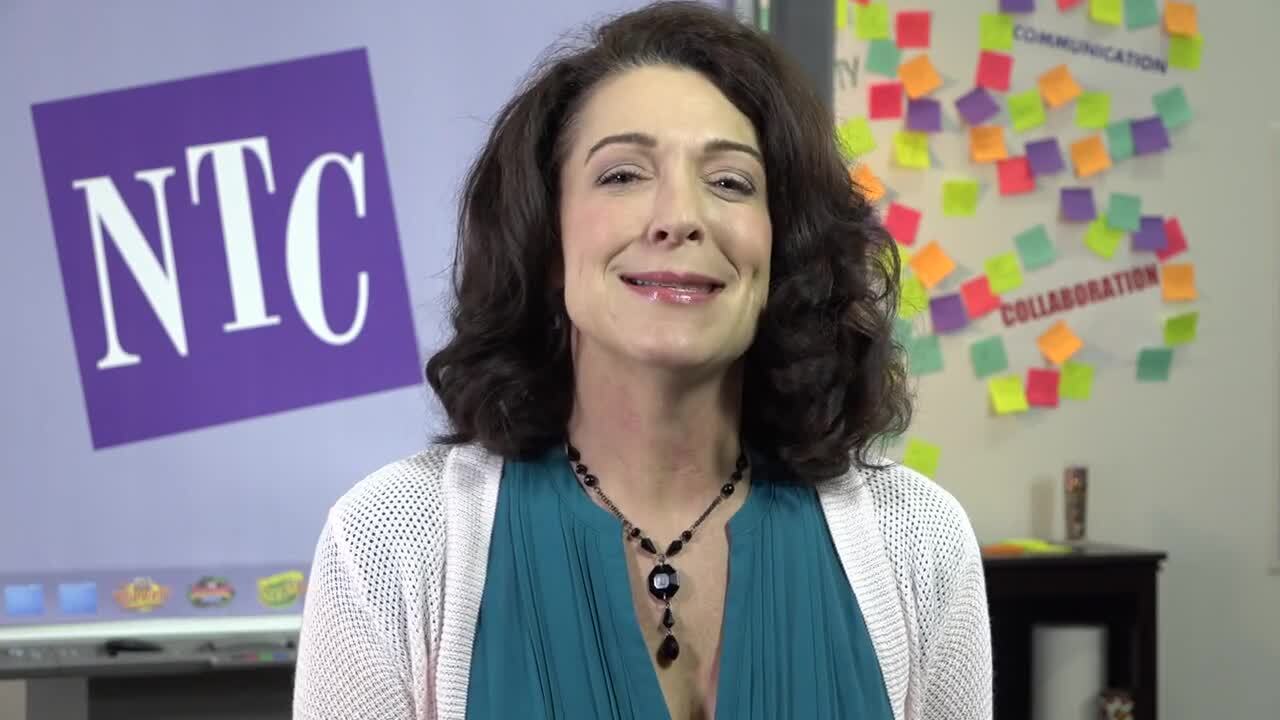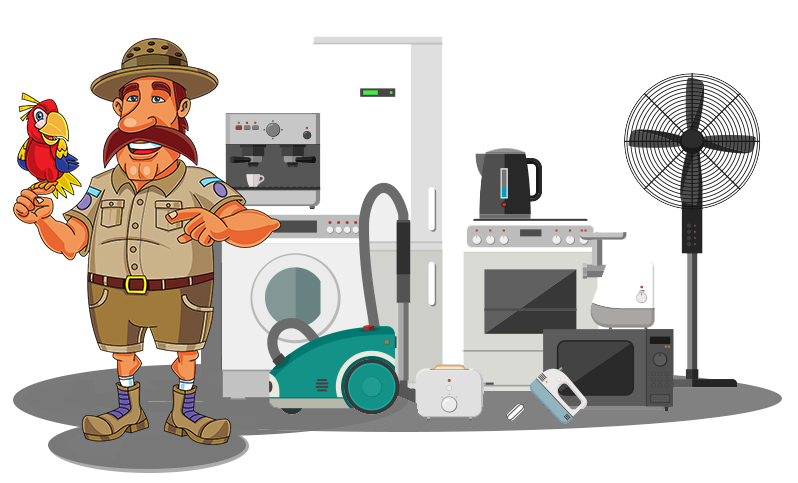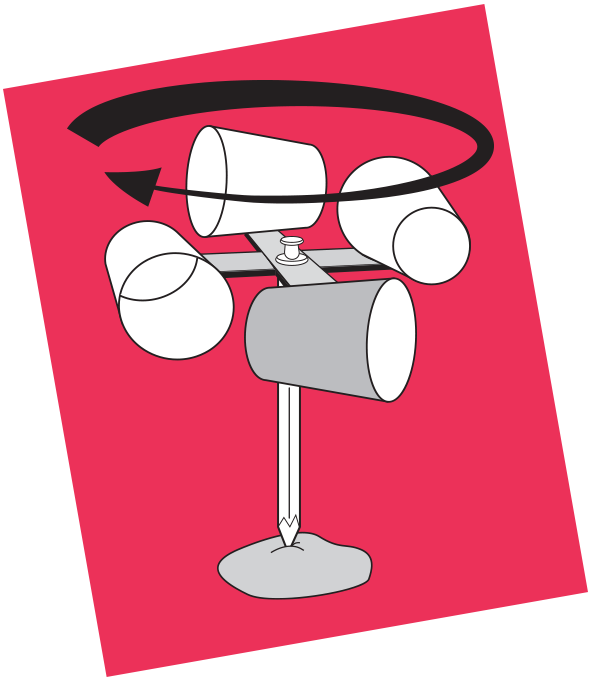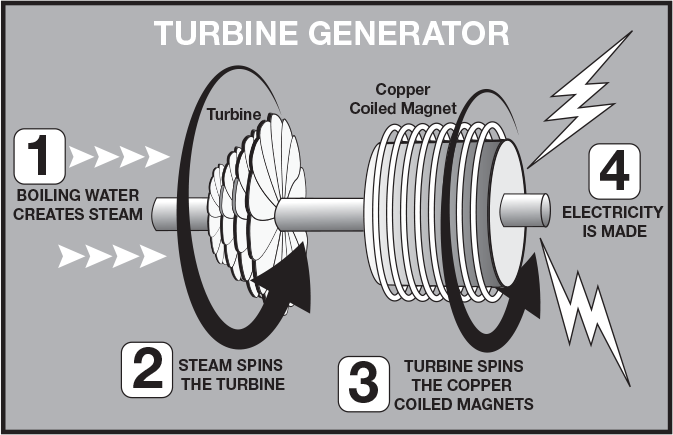Eversource Energy, United Illuminating and NTC invite you to use these e-learning resources to teach your students about the importance of energy efficiency and conservation. The digital materials below are designed to get your students excited about understanding these important subjects.
Want to know the best way to use the related videos, e-books, games and other lessons to educate your class? Watch this short video and learn how to easily add Energy Academy: The Power Squad to your curriculum.
